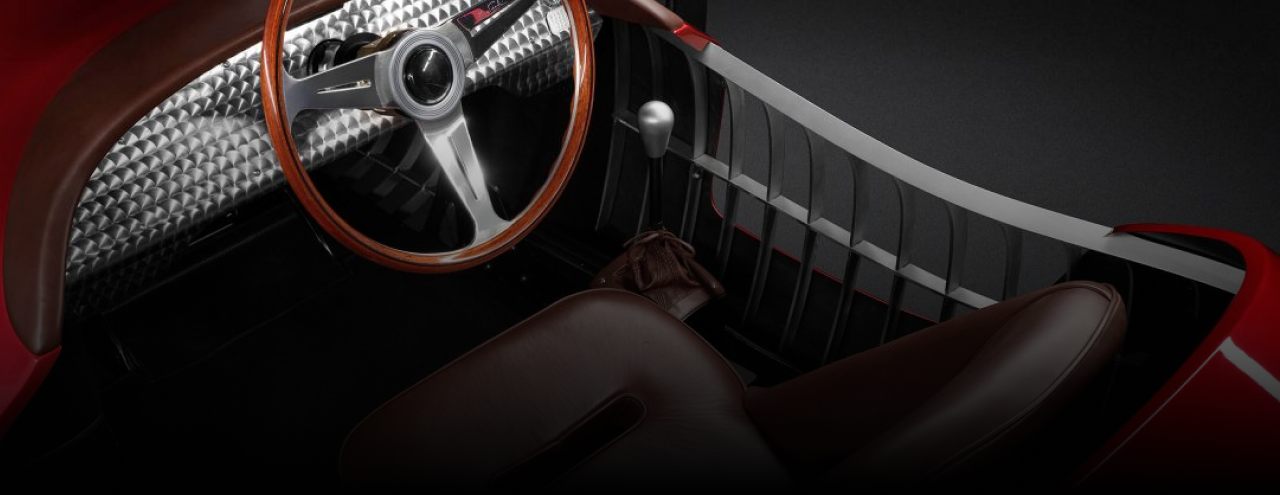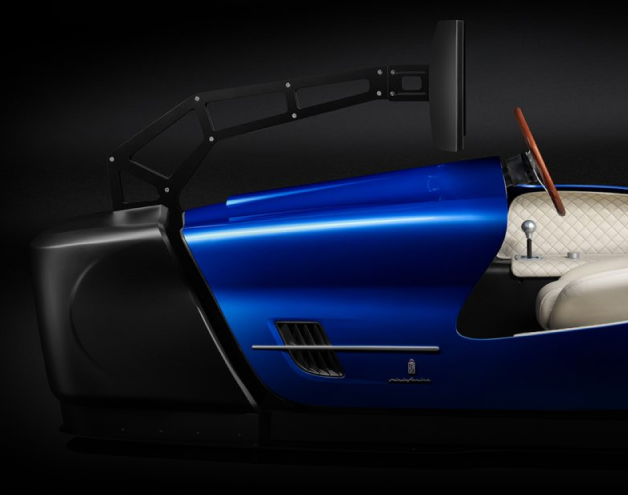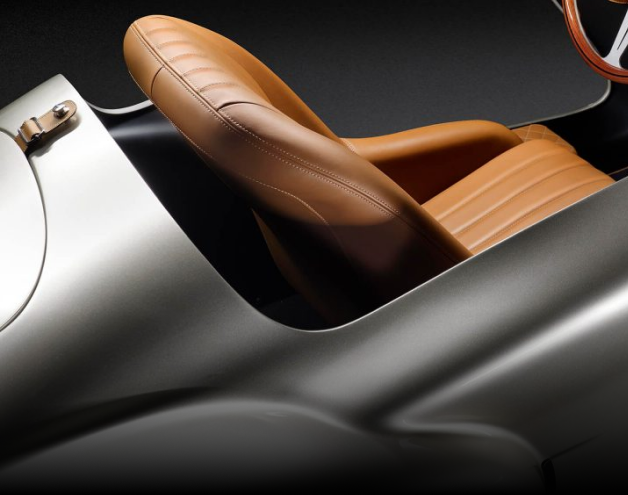
Zagato ElioZ
READ MORE

Pininfarina Sportiva
READ MORE

Pininfarina Leggenda
READ MORE
Technical Specifications
-
DIMENSIONS
300cm x 120cm -
TOTAL WEIGHTS EXCL. DRIVER
300kg -
ERGONOMICS
Classic car ergonomics with classic car style driver’s setup -
ACTUATORS
Three linear actuators providing three degrees of freedom (DoF) -
GRAPHIC CARD
Nvidia RTX A4000 graphic card -
MONITOR
Curved 49” Dell monitor -
CERTIFICATION
CE Certified according to EU Machinery Directive 2006/42/EC,
including safety bumper sensors